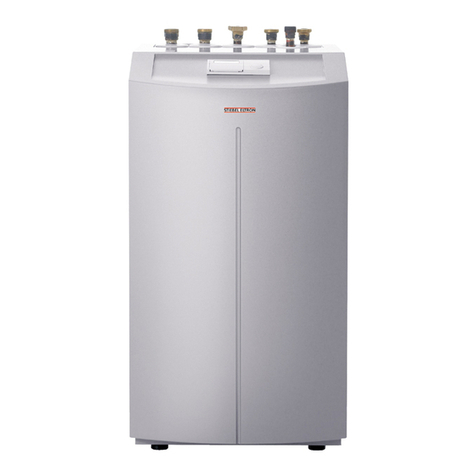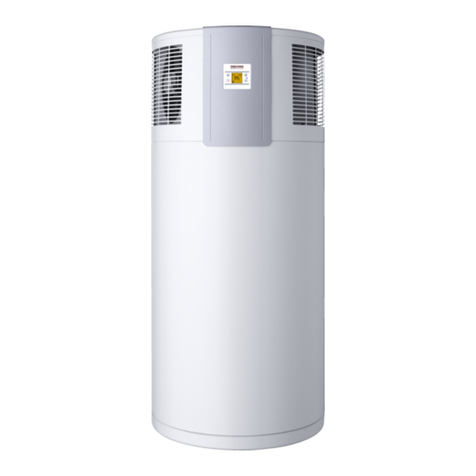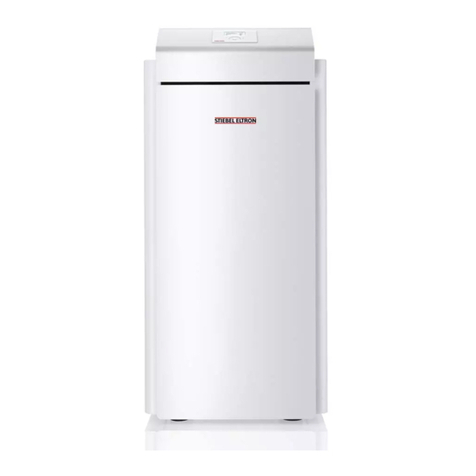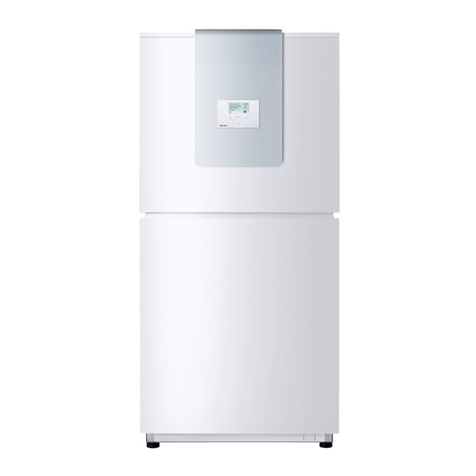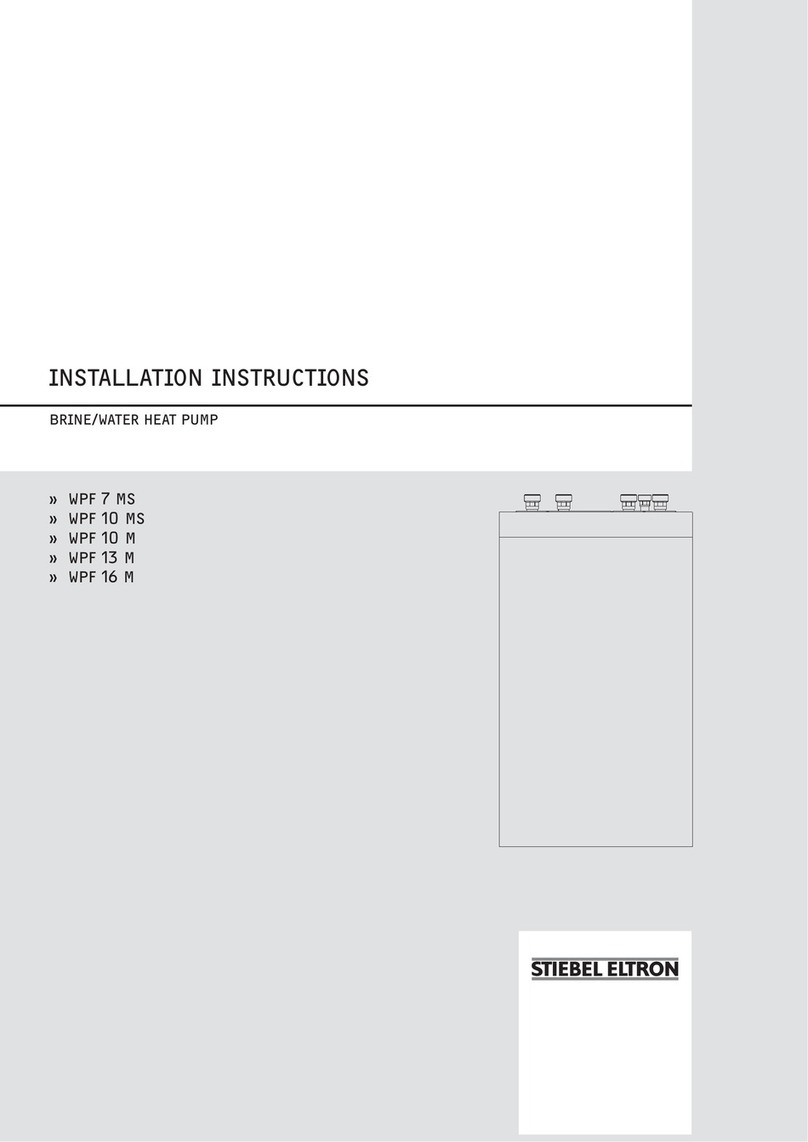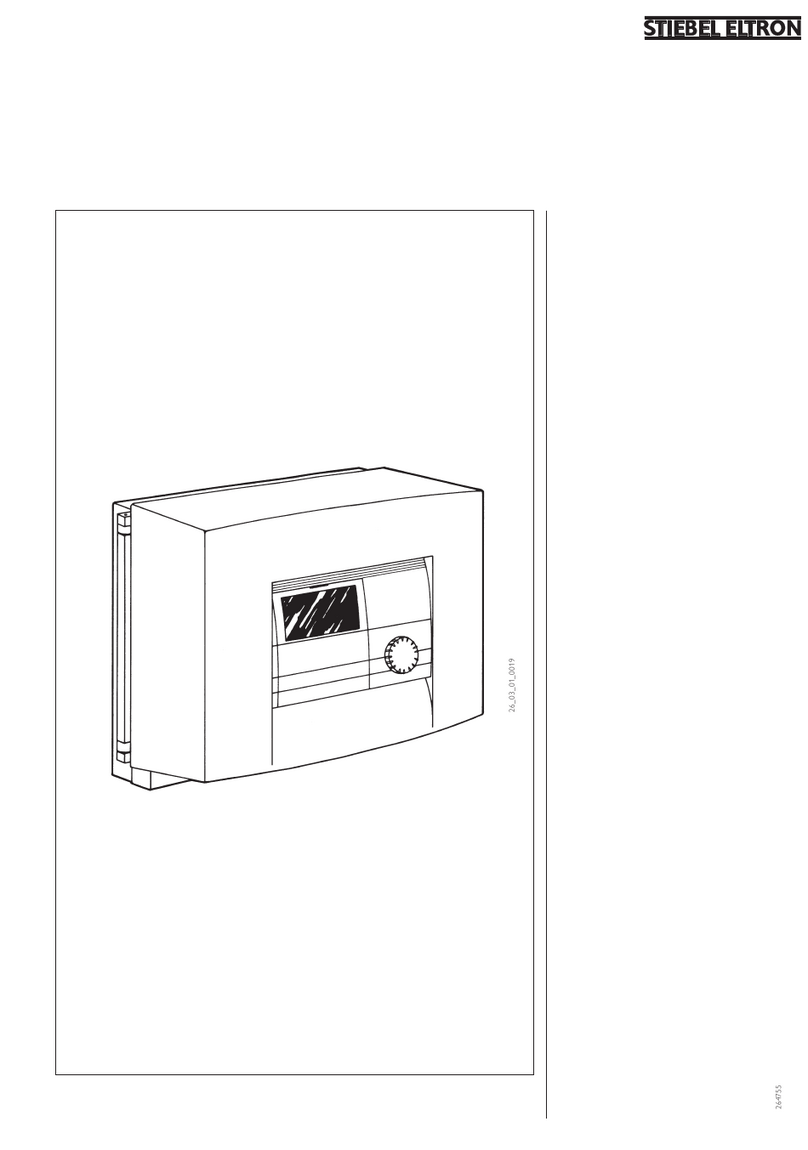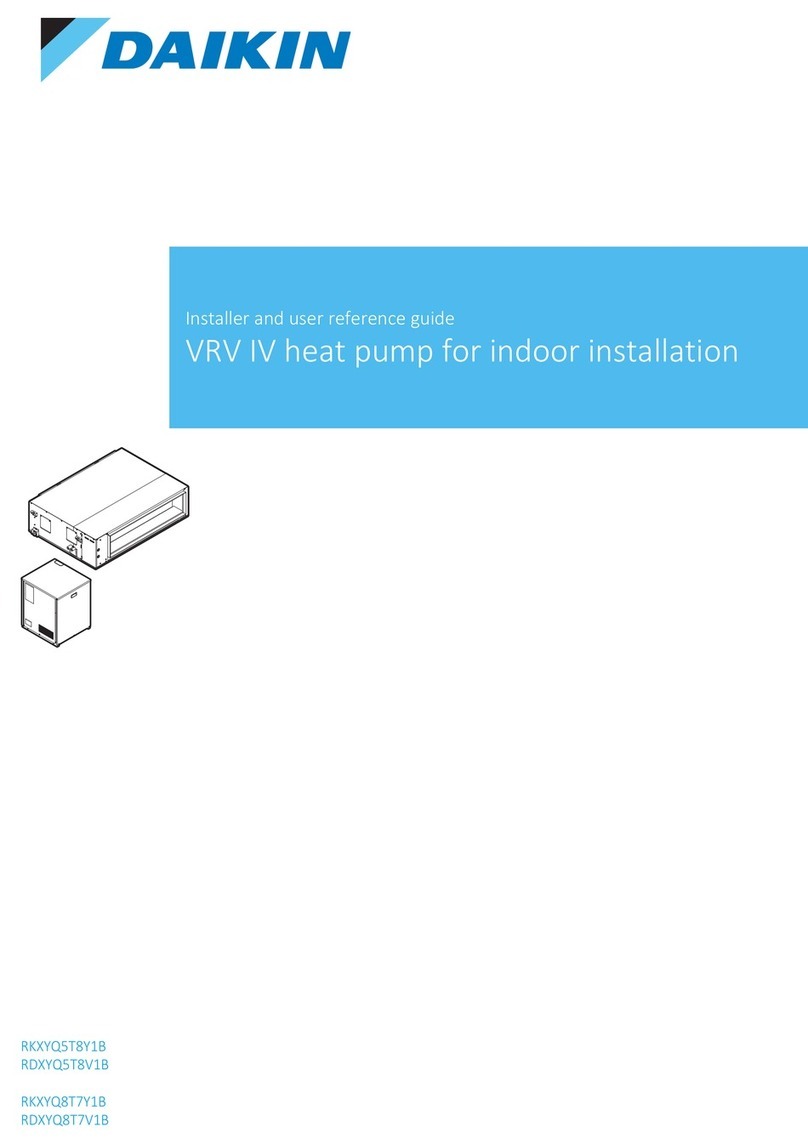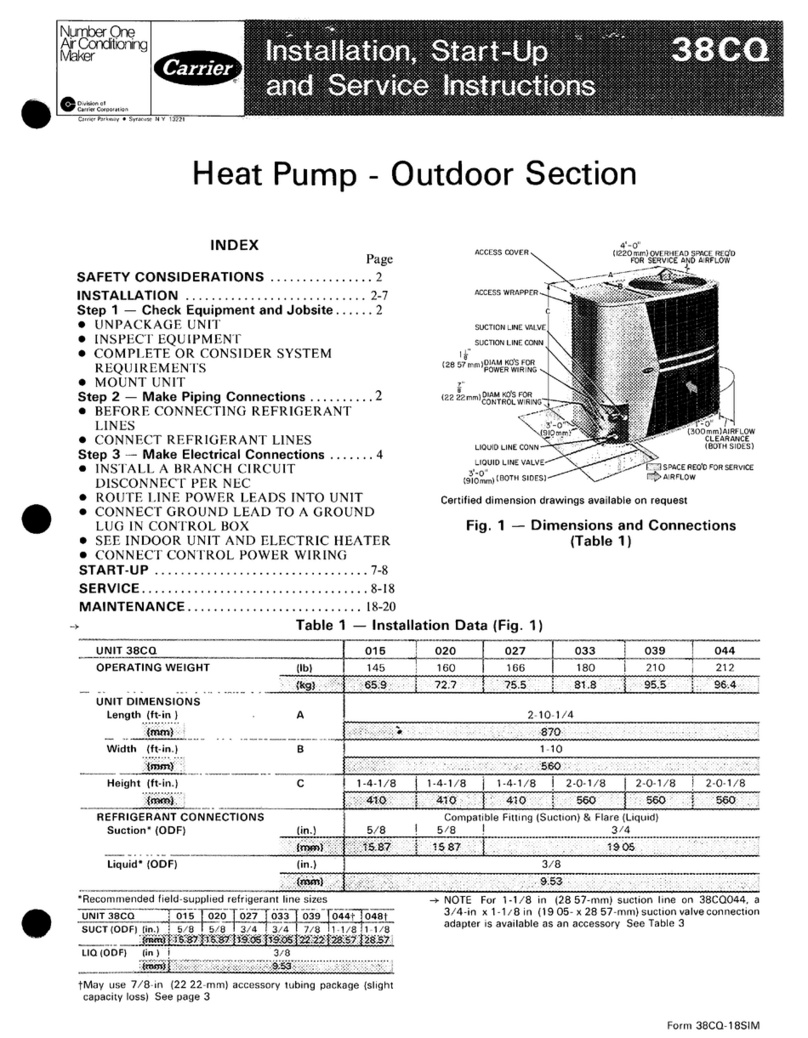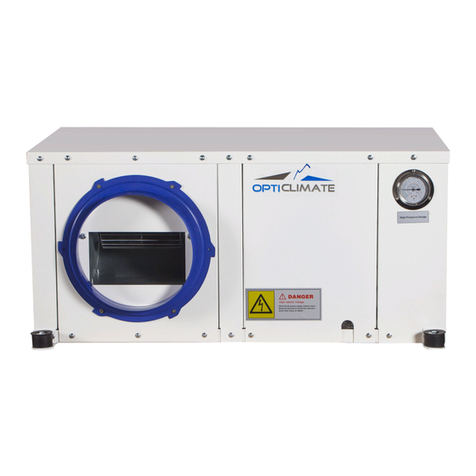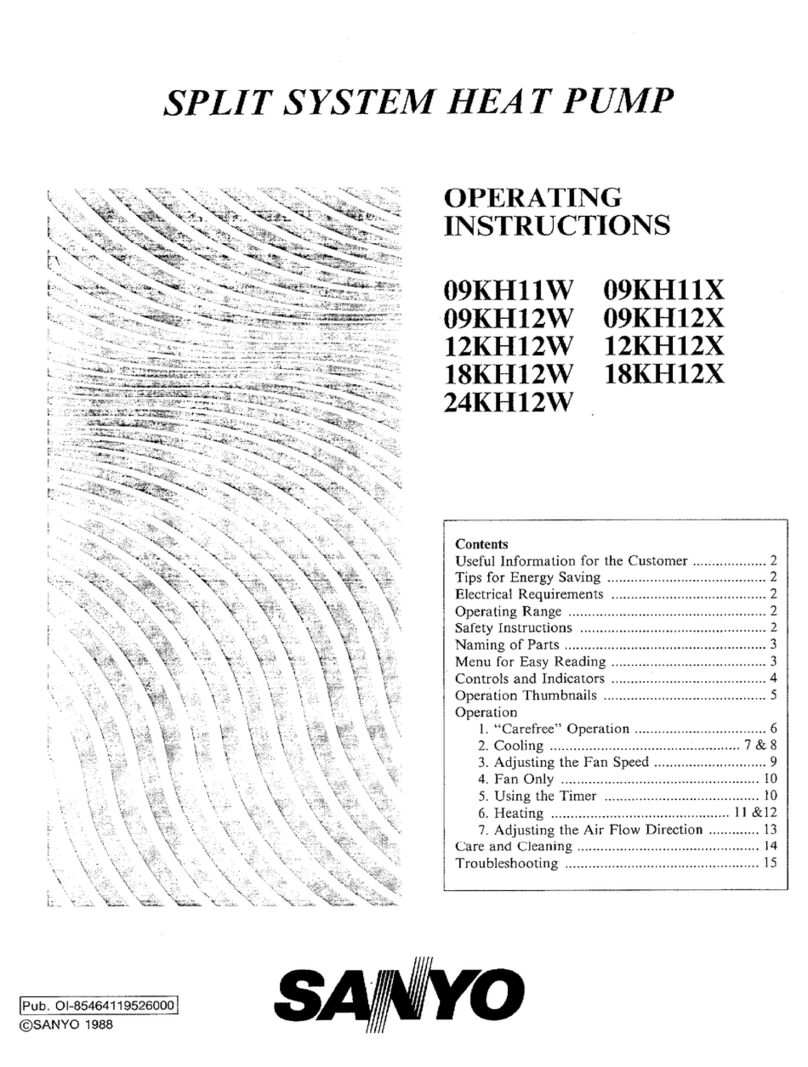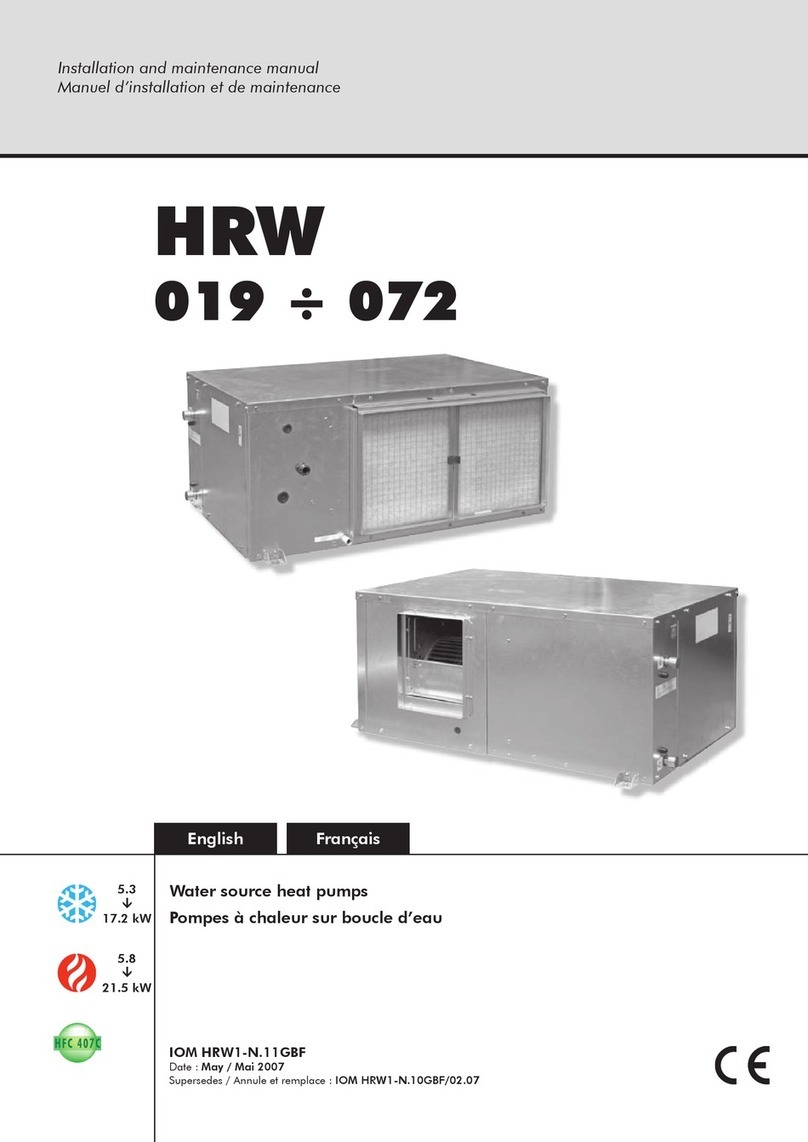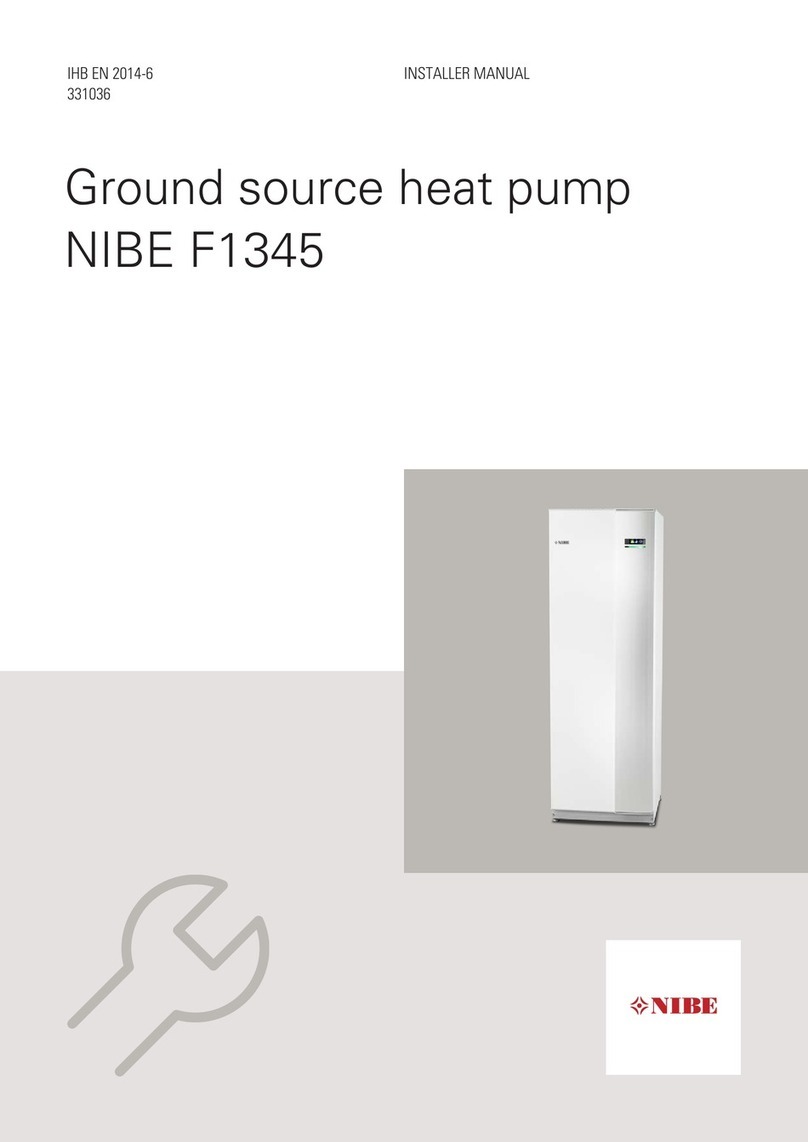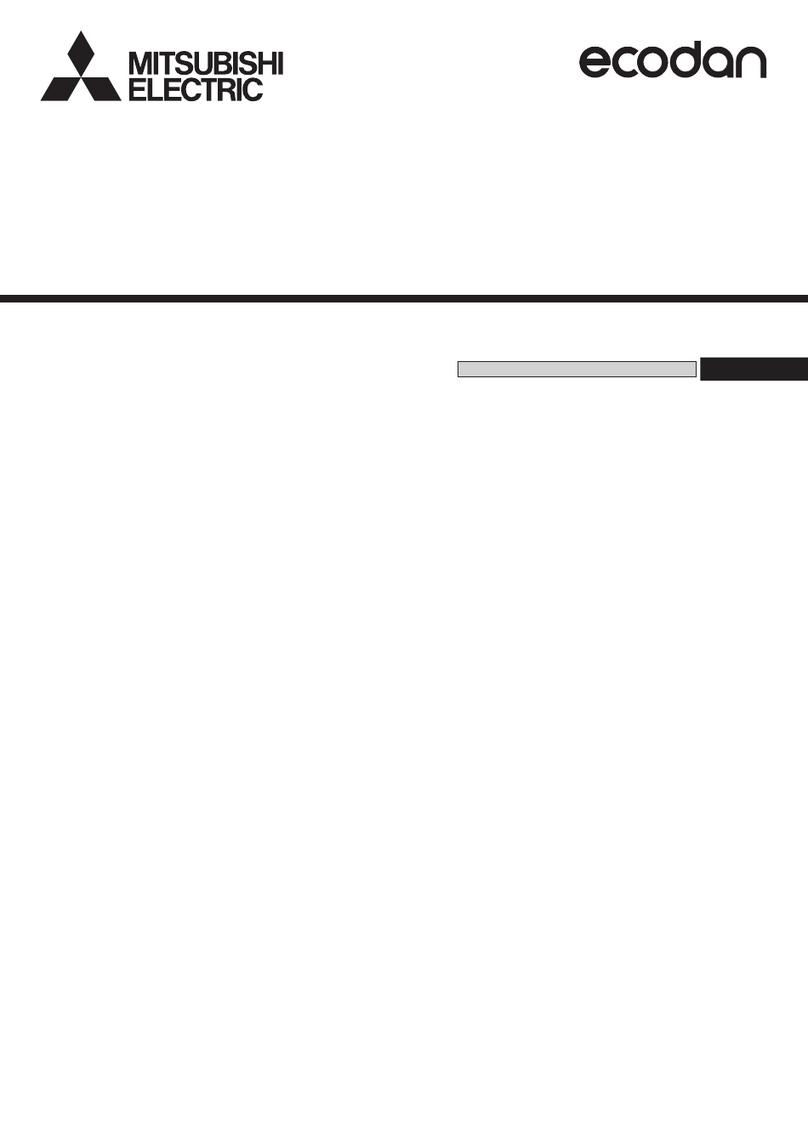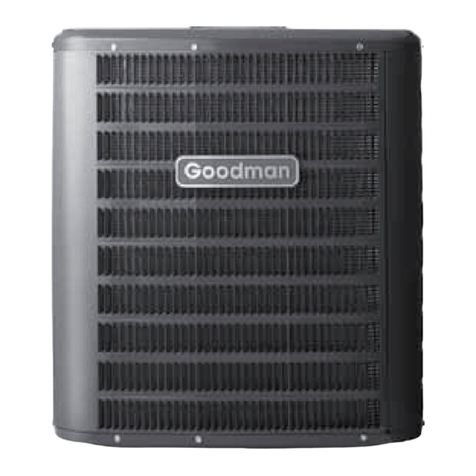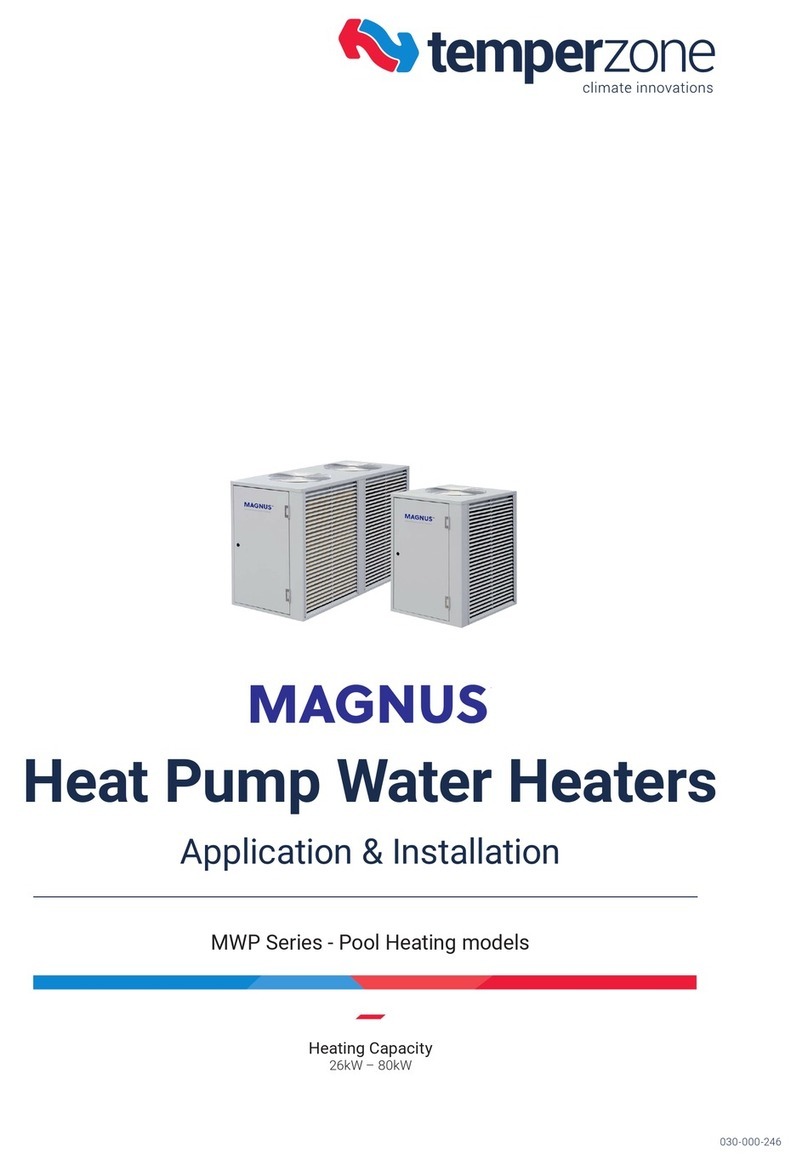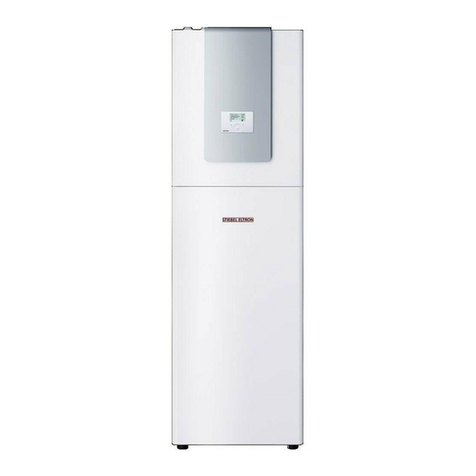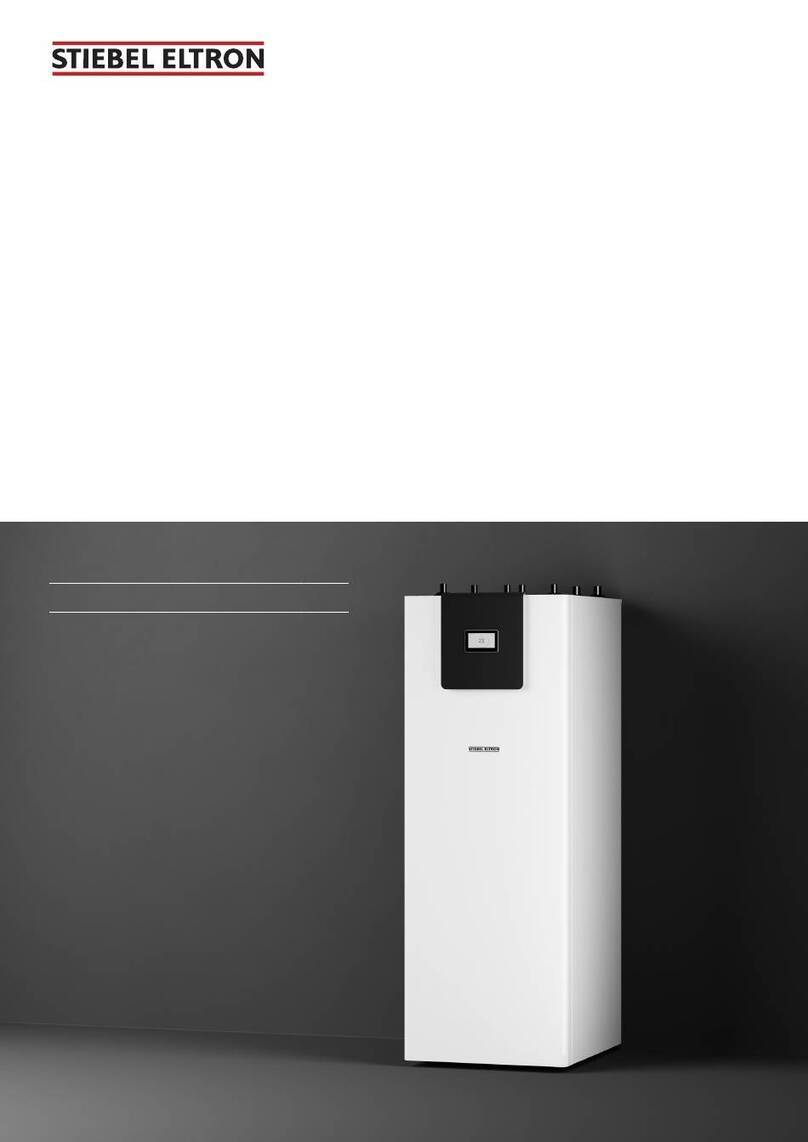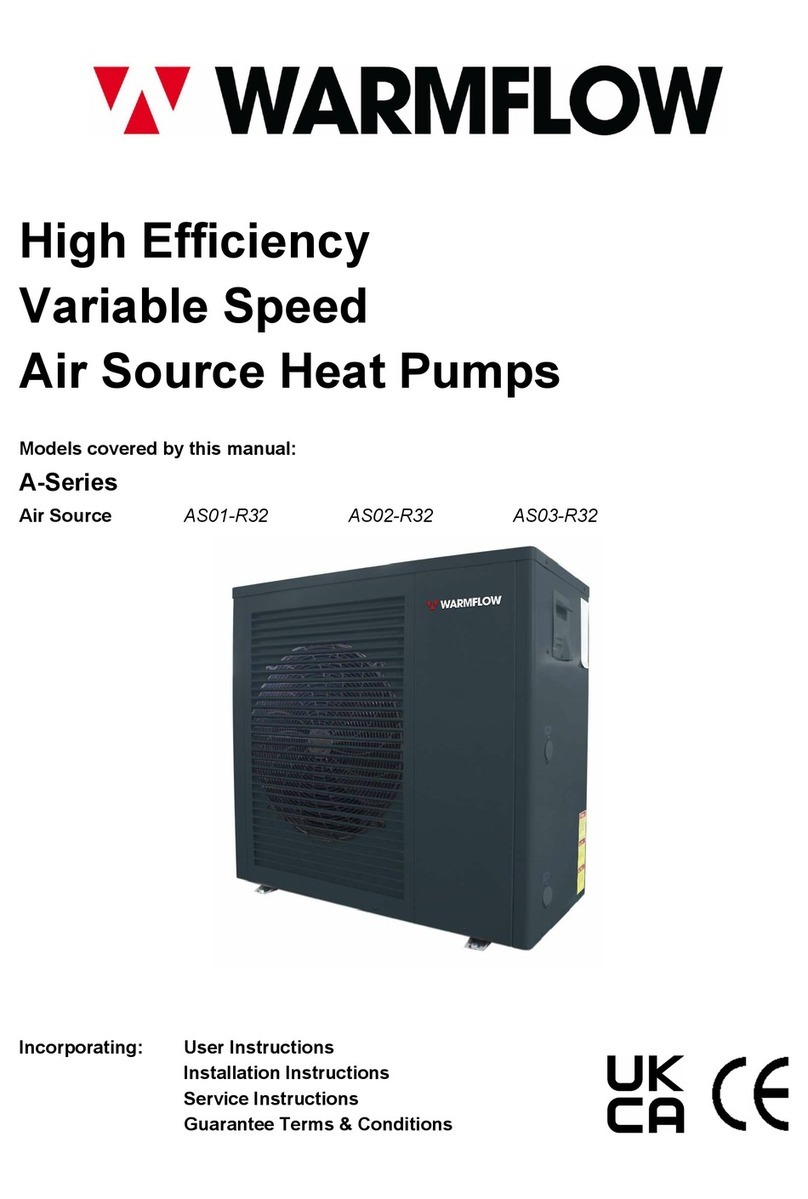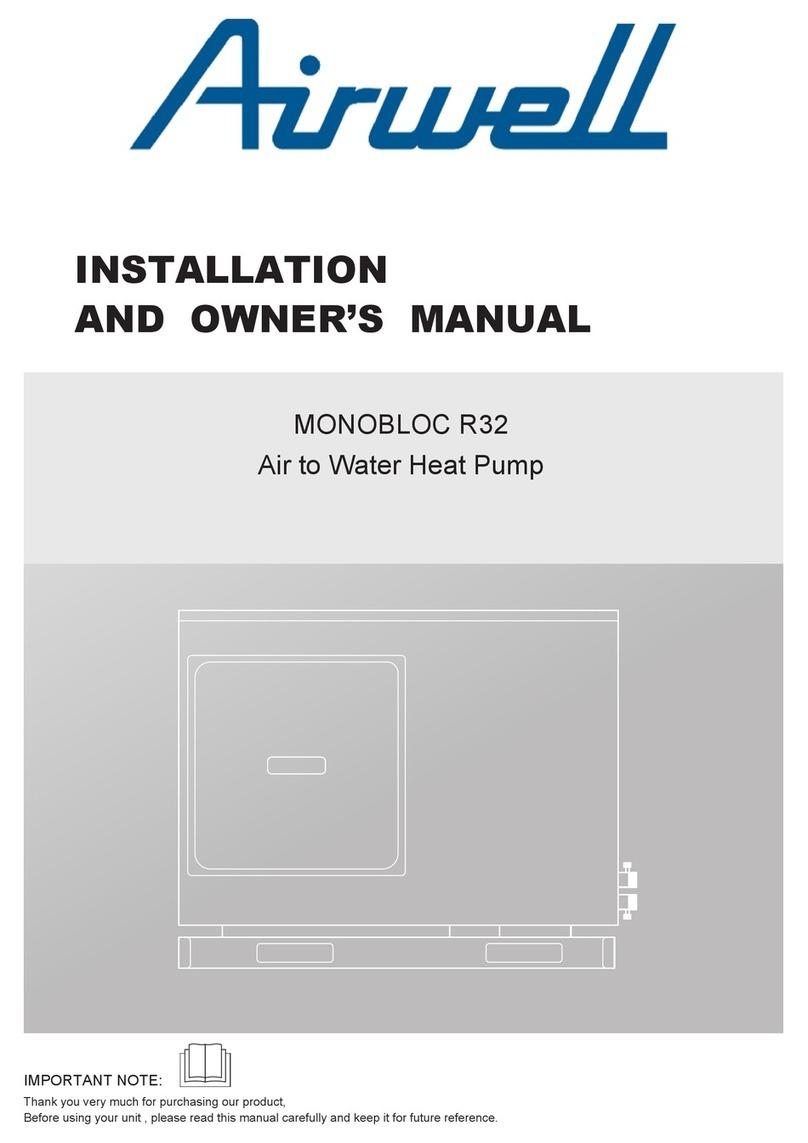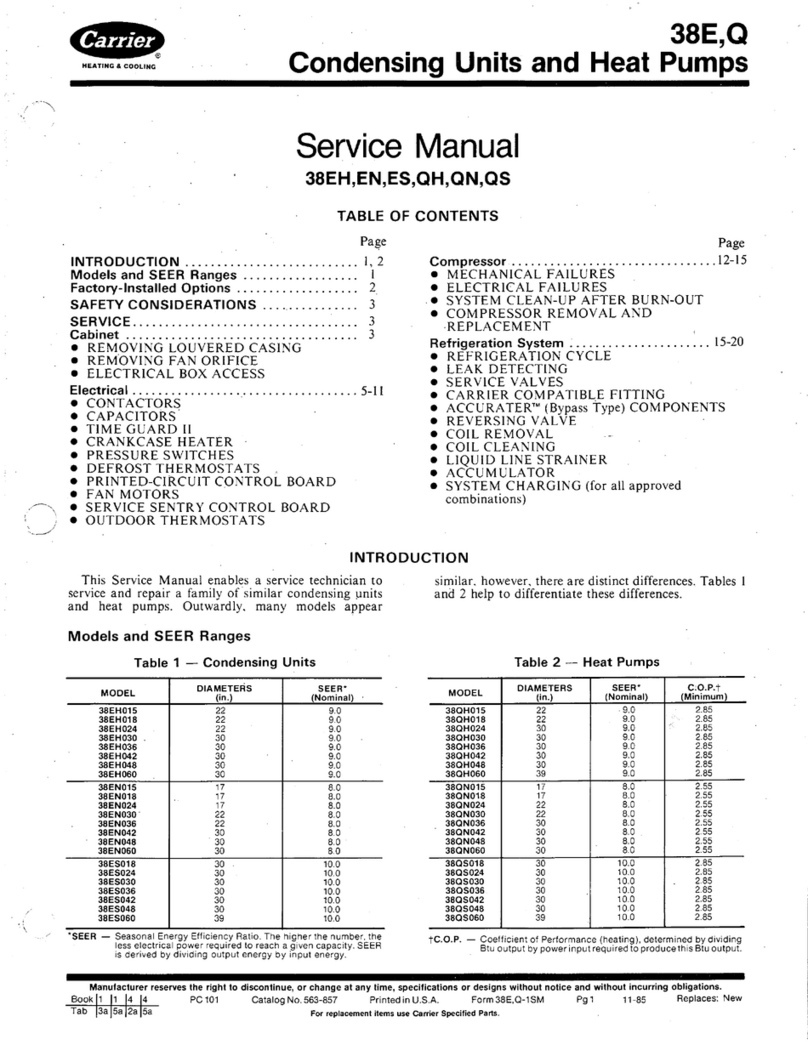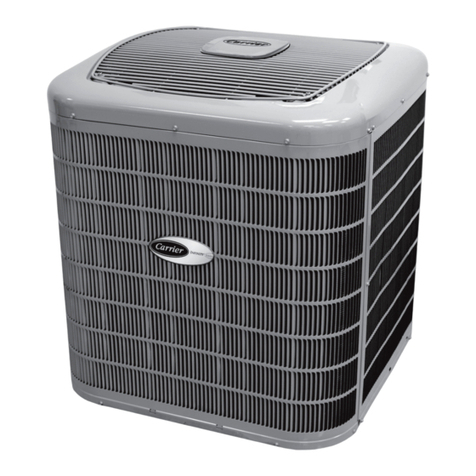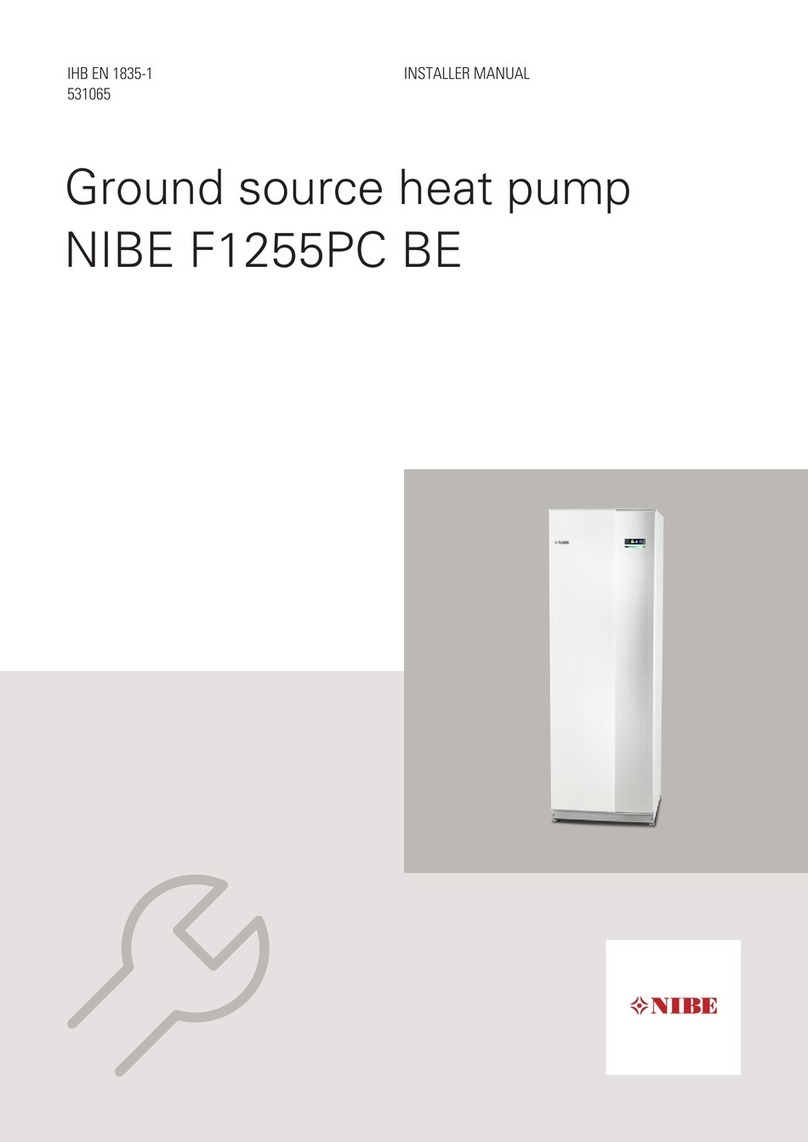
OPERATION
Troubleshooting
ENGLISH
www.stiebel-eltron.com WWK 221-301 electronic|13
Problem Cause Remedy
The appliance reduces the
set value temporarily to the
current actual value on the in-
tegral sensor subject to the in-
take temperature and the hot
gas temperature, as required.
No action required. The ap-
pliance displays the "Set tem-
perature adjustment" symbol
and blocks DHW heating until
the actual temperature cap-
tured by the integral sensor is
6K below the temporary set
temperature. DHW heating is
then re-enabled and the orig-
inally selected set tempera-
ture is again applied.
The air intake temperature
exceeds the upper application
limit (see "Specification/ Data
table" chapter). The appli-
ance safety equipment has
responded and the appliance
has switched off automatically.
Wait for the appliance to cool
down. Call a qualified con-
tractor if the appliance does
not restart automatically.
The air intake temperature
falls below the lower applica-
tion limit (see "Specification/
Data table" chapter). The
evaporator is being defrosted
intermittently.
Wait until the appliance re-
starts automatically.
The appliance output data are
calculated according to stand-
ard, using the intake temper-
ature specified in the data
table. Below this temperature
the appliance efficiency and
output decrease. The heat-up
time is extended.
Use runtime-dependent rapid
heat-up if necessary.
If the water does not heat up
or the heat pump runtime is
very long, this may be due to
an excessively low intake tem-
perature.
No action required. Use runt-
ime-dependent rapid heat-up
if necessary.
The appliance
is not heating
the DHW cylin-
der, although
the "heat
pump" symbol
is illuminated.
The compressor lockout time
has not yet elapsed. Once the
compressor has been switched
off, it will only be switched
back on again after the
20minute compressor lockout
time has elapsed.
No action required.
The safety valve
of the cold
water supply
line is dripping.
The appliance is under mains
water pressure. During the
heat-up process, expansion
water will drip from the safety
valve.
Notify a qualified contractor if
water continues to drip when
heat-up has been completed.
The condensate
drain drips.
The surface temperature of
the evaporator is lower than
the dew point temperature of
the ambient air. Condensate
forms.
The amount of condensate
depends on the humidity
level of the ambient air.
The room tem-
perature drops
too low.
Operation of the appliance
can cause the room temper-
ature to fall by 1 to 3°C. If
the room temperature falls
by more than 5°C, check the
room size (see the "Specifi-
cation/Data table" chapter).
Increasing the room size by
opening a door to another
room will remedy this.
High power
consumption
The lower the intake tempera-
ture, the lower the heat pump
efficiency.
Avoid low intake tempera-
tures if at all possible.
Runtime-dependent rapid
heat-up is activated.
Only activate this function if
really necessary or increase
the runtime during which the
heat pump operates alone
and the electric emergency/
booster heater is blocked via
your selected parameters.
Problem Cause Remedy
Service/fault
symbol is per-
manently on.
See the “Fault codes” chapter.
Notify a qualified contractor.
Service/fault
symbol flashes
and the water
does not heat
up.
See the “Fault codes” chapter.
It is imperative that you notify
a qualified contractor quickly.
A flashing "service/fault"
symbol indicates that a fault
has occurred and the heat
pump is no longer heating.
Defrost symbol
is shown.
The appliance is in defrost
mode.
No action required.
The heat pump
symbol is flash-
ing.
The lower application limit
of the heat pump has been
undershot.
No action required. The
electric emergency/booster
heater takes over the DHW
heating.
There is a heat demand, but
the compressor is locked out.
No action required. The com-
pressor restarts automatically
after the compressor lockout
time has elapsed. The com-
pressor lockout time lasts
20minutes once the com-
pressor has been shut down.
The symbol stops flashing
automatically.
The electric
emergency/
booster heater
symbol is flash-
ing.
A temperature controller has
switched off the electric emer-
gency/booster heater during
rapid heat-up.
No action required. The ap-
pliance continues the quick
heat-up process using the
heat pump. The symbol stops
flashing when the controller
re-enables the electric emer-
gency/booster heater. The
symbol extinguishes when
the temperature throughout
the DHW cylinder reaches the
set temperature of 65°C.
The "electric
emergency/
booster heater"
symbol illu-
minates even
though the ap-
pliance is with-
in the applica-
tion limits and
"rapid heat-up"
has not been
pressed.
The “runtime-dependent rapid
heat-up” function is enabled
and currently in use.
No action required.
The electric
emergency/
booster heater
symbol is illu-
minated but the
electric emer-
gency/booster
heater is not
operational.
The electric emergency/
booster heater lights up when
there is a demand. The inter-
nal controller of the electric
emergency/booster heater
may have ended electric
heating. A possible cause
may be a fault in the electric
emergency/booster heater. A
possible cause may be that the
high limit safety cut-out has
responded.
Have a qualified contractor
check whether the controller
of the electric emergency/
booster heater is set correct-
ly. The controller must be
turned fully clockwise. Have a
qualified contractor check the
high limit safety cut-out.





















